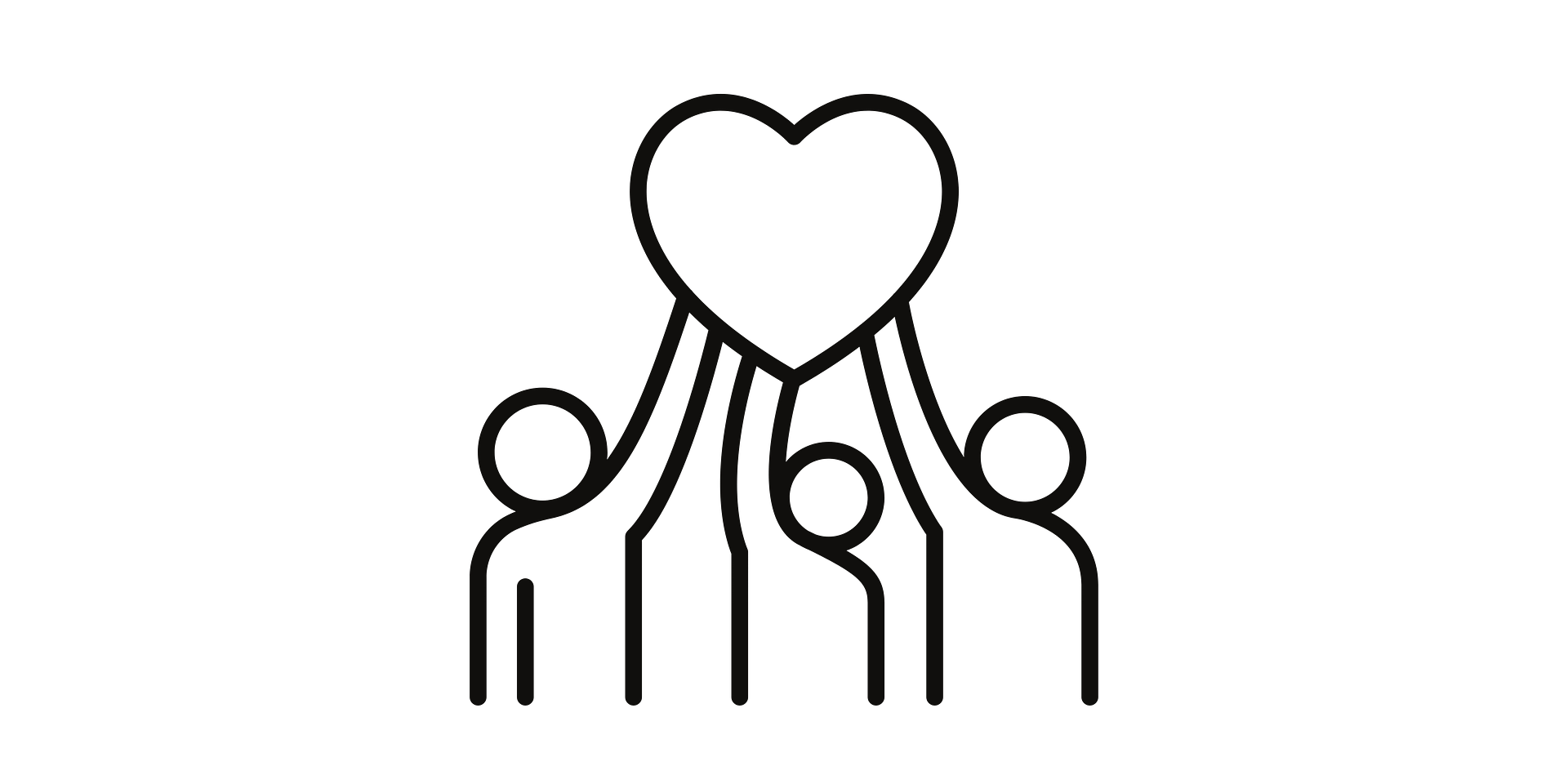
The impact of the COVID-19 pandemic on Canada’s $53.1 billion cultural industries¹ was swift and immediate. Live performance venues, gallery exhibitions, events, festivals, conferences, theatres, seasons, and gigs were cancelled, closed or postponed as public health officials enacted self-isolation measures.
Statistics Canada’s Labour Force Survey suggests between February and May 2020, 192,300 workers in information, culture and recreation industries lost their job. Employment declined from 778,700 to 586,400: a 24.7% drop². As of May 27, 2020, an independent survey of 800 of Canada’s 726,000 culture workers confirmed they had lost or were at risk of losing 28,000 jobs, representing over $20 million in total income loss³.
Yet, amid uncertainty and physical distancing, artists and arts organizations soothed anxieties through human, connected and shared experience—once again, spotlighting the immense value of the arts. Self-initiated performances from balconies and living rooms served as a beacon of hope and endurance —an important lever towards recovery.
Buttressing the unique, innate human response to artistic matter requires investment system reforms to enable new and in-demand cross-sectoral partnerships. These opportunities both elevate and scrutinize systemic barriers and advance equitable social justice for all. In turn, such changes will foster arts organizations’ ingenuity, resiliency, and long-term outcomes.
Art transcends sectoral and racial boundaries and gives rise to the voice of Indigenous, Black, and People of Colour (IBPOC) narratives⁴. Its holistic, interdependent nature draws stakeholders together and fosters positive impacts for societies, communities, and individual health—irrelevant of short-term crises or long-term prosperity.

Precarity exposed and immediate response
COVID-19 has further exposed long-standing, well-documented insecurities of cultural sector workers. As Canada transitions from crisis to recovery, many arts sector workers will remain in untenable circumstances due to anticipated, extended, delays for arts venues re-opening within final-stage phases.
The Canadian Emergency Response Benefit (CERB), a temporary emergency income relief program, protects and sustains self-employed artists and cultural workers during forced closures and physical distancing restrictions. The Alternative Federal Budget maintains a continued form of income support, to assist culture workers transition mid- and long-term, into new and unknown realities.
Additionally, the Canadian Emergency Wage Subsidy (CEWS) and the $500 million Emergency Fund for Culture Heritage and Sport support charitable arts organizations and arts sector infrastructure in many underserved communities. These centralized hubs serve to connect isolated artists, immigrants, the general public, and pan-Canadian networks. Yet, these organizations are far from providing equitable support for Indigenous, racialized and other marginalized communities. A commitment to equitable recovery and growth will require a concerted effort to support IBPOC arts workers across the country. The Alternative Federal Budget will provide short-term investments to direct funding to maintain these business infrastructures and operations to stave off sector-wide or regional collapse. This measure addresses stability for cultural organizations presumed not to be wholly operational until 2021.

Activating now for the long-term
Supporting community resilience through human-centered and economic recovery are primary objectives in reopening and stabilizing the arts sector, while embracing creative adaptability measures. Arts venues have pivoted to offer digital programming and pay professional performance fees; shuttered venues offer space to meet community needs.
The Alternative Federal Budget will develop programs—supported federally and delivered locally—that respond to unique, local, community and social re-stabilization needs. Health and well-being programs align with artistic expression, thereby linking health and wellness (policy) and participatory arts (programming) through associated programs. This strategy will leverage human creativity while supporting societal wellness in vulnerable populations. Arts organizations with human and spatial capacity will activate co-working partnerships between artists and local representatives, facilitating interim municipal, health, or economic recovery support programs while accommodating public health requirements. Treating trauma experienced by long-term care facility residents and care workers is one application—a priority following the pandemic crisis period. Over time, this effort will deploy a local, flexible, creative workforce complemented by transferable skills that respond to demand during the re-stabilization period.
Equally important, artists must maintain time and adequate resources for artistic pursuits and levels of excellence within their professional fields of practice, all-the-while engaged in societal recovery efforts. A flexible system that redistributes and dovetails artistic skills to meet ever-changing societal needs will mitigate income gaps, potentially increasing artists’ savings to provide for future security. As noted earlier, particular emphasis must address outstanding inequities faced by organizations serving Indigenous, racialized, the deaf and disabled, and other marginalized communities.
COVID-19 both magnifies the precarity of the arts ecosystem and provides a unique perspective from which to reconstruct and refocus long-established, counter-intuitive systems toward creative resiliency. Refining the needs-based system presented during the crisis—one that responded to grassroot realities as a primary mechanism—offers a platform from which to reconstruct non-profit, integrative business models that underwrite collective advancement. Enabling local operations to respond to local needs, encourage creative experimentation, develop cross-sectoral partnerships, and integrate social enterprise models are all important levers. Models that expand agency and integration of local arts organizations encourage community development, new economies, and creative resiliency to this end. Greater interdependence will foster positive artistic, societal, and economic outcomes for an expanded group of beneficiaries.
The Alternative Federal Budget will enact policy allowing non-profit arts organizations to build internal funds for unrestricted use to better meet their clients’, members’, and communities’ needs. Trust-based funding exhibited during the pandemic provided emergency relief to organizations and artists with speed and flexibility⁵. This model engaged philanthropists, granting agencies and governments, with agency at the local level. Iterating this model post-crisis offers non-profit organizations a tangible option to build liquidity and lessen operational precarity while meeting unexpected circumstances over the long-term.
The Alternative Federal Budget will ratify Canada Revenue Agency legislation to support new finance and partnership models currently not accepted within non-for-profit and/or charitable status regulations, such as shared platforms⁶. Specific to arts sector modelling, the Alternative Federal Budget will update policy to reflect artists’ individual employment status, related shared resource priorities, established organizational capacities and infrastructures, and new financial partnerships. Legislation would be realigned to present-day realities and demands for social finance structures and matching-fund models that philanthropic sources embrace and social conscience demands.

Endnotes
- Hill, Kelly (Hill Strategies) (2019). Estimates of the Direct Economic Impact of Culture in Canada in
2017. Retrieved from https://hillstrategies.com/2019/06/19/estimates-of-the-direct-economic-impact-of-culture-in-canada-in-2017/ - Canadian Association for the Performing Arts (2020). Employment rebounds, but culture workers aren’t seeing signs of recovery just yet. Retrieved from https://capacoa.ca/en/2020/06/employment-rebounds-but-culture-workers-arent-seeing-signs-of-recovery/?fbclid=IwAR2KMUh81tbvUrMqVF4eBQOp0ruCSyu2A-oADnQmO-nlu52hYvByT1lMkls
- I Lost My Gig Canada (2020), Impacts of Covid-19 on Canadian Artists and Independent Cultural Workers. (as of May 27th, 2020) Retrieved from https://hillstrategies.com/wp-content/uploads/2020/06/ilmg_summary_may27.df
- Hill, Kelly (Hill Strategies) (2020). Demographic Diversity of Artists in Canada in 2016. Retrieved from https://hillstrategies.com/resource/demographic-diversity-of-artists-in-canada-in-2016/
- Torres, E., (2020). Grantmakers for the Arts. Retrieved from https://www.giarts.org/engaging-the-political-climate/call-building-deep-resilience-arts-funding-future-our-field-post-coronavirus)
- Marsland, J. (2013). Shared Platforms and Charitable Venture Organizations. Retrieved from https://metcalffoundation.com/site/uploads/2013/06/Shared-Platforms-and-CVOs.pdf

